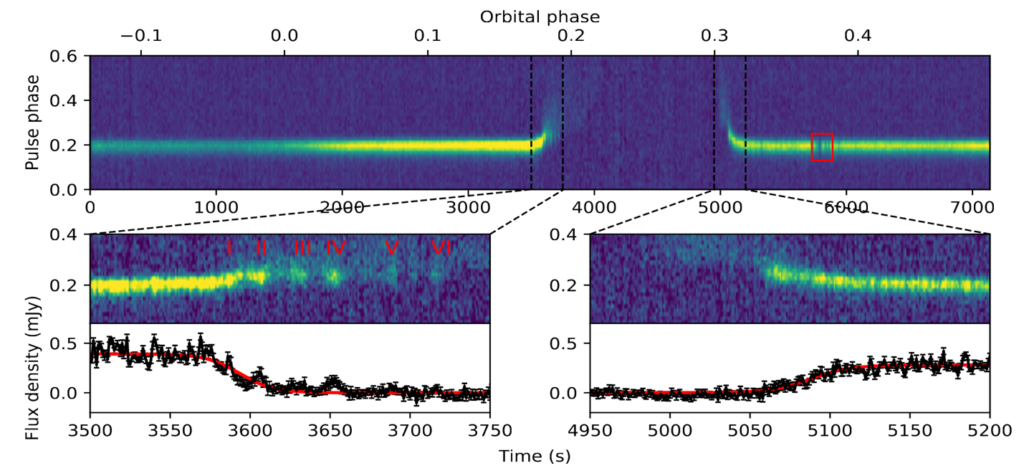
More than 15 years after the discovery of fast radio bursts (FRBs)—millisecond-long, deep-space cosmic explosions of electromagnetic radiation—astronomers worldwide have been combing the universe to uncover clues about how and why they form.
Nearly all FRBs identified have originated in deep space outside our Milky Way galaxy. That is until April 2020, when the first Galactic FRB, named FRB 20200428, was detected. This FRB was produced by a magnetar (SGR J1935+2154), a dense, city-sized neutron star with an incredibly powerful magnetic field.
This groundbreaking discovery led some to believe that FRBs identified at cosmological distances outside our galaxy may also be produced by magnetars...
Read More







Recent Comments